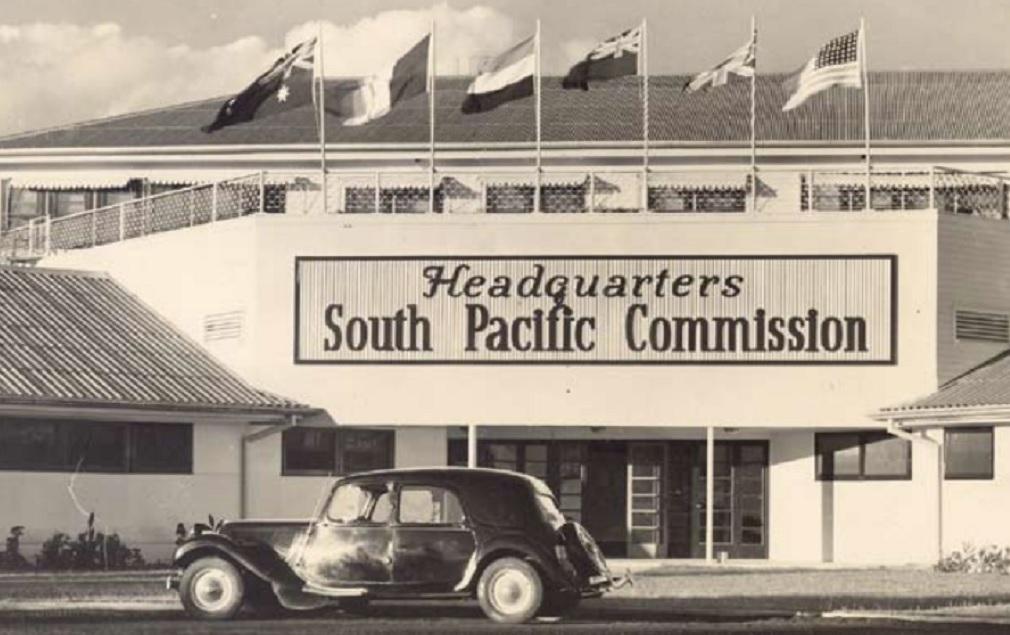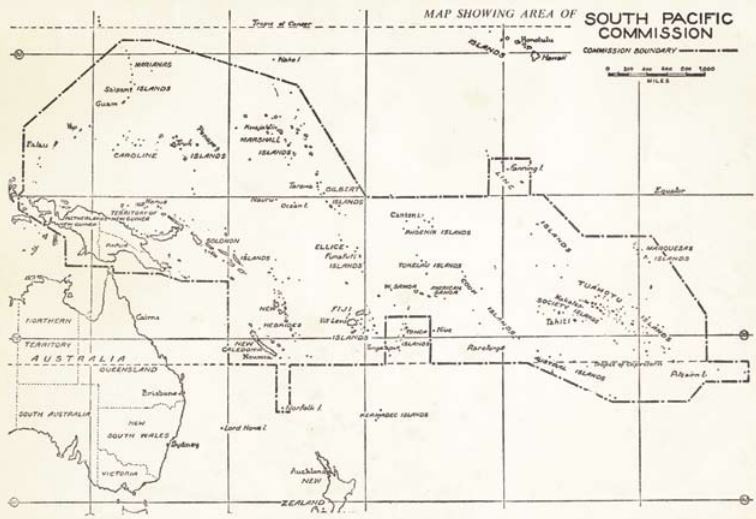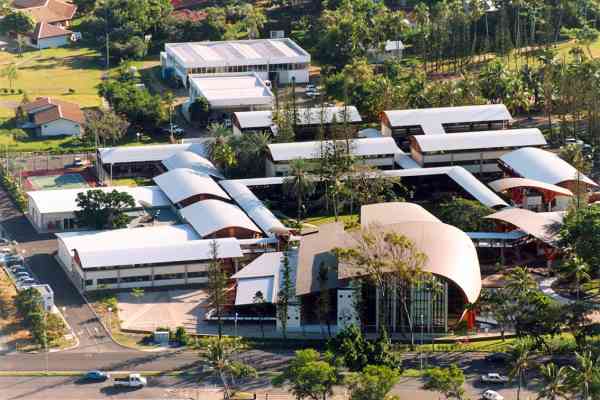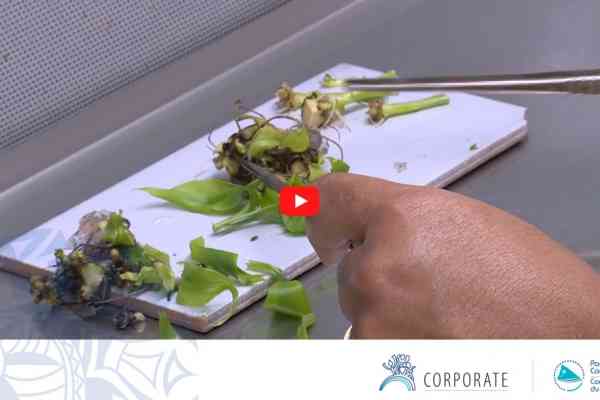The Pacific Community turned 75 on the 6th of February 2022. As we mark 75 years of the Pacific Community’s Service to the region, on the 6th of each month we will feature a key moment in history for the organization.
When it all began: The Pacific Community at 75
The dawn of the new Pacific On 6 February 1947, the governments of Australia, France, Great Britain, the Netherlands, New Zealand, and the United States of America signed an agreement establishing the organisation that came to be known as the South Pacific Commission (SPC), and later became the Pacific Community (SPC). These metropolitan governments created the organisation primarily to bring stability to the Pacific theatre after the turbulence of the Second World War to facilitate administration of their dependent Pacific Island territories and protectorates, and secondarily to benefit the inhabitants of those territories. Little did they know that the once colonial commission they created would become a major player in the development of a new Pacific region, one in which Islanders would control their own destinies.
My vision of the Pacific region is a region which justifies its name and provides an example to the world of many races living together in friendship, tolerance, mutual respect and cooperation…
Right Honourable Ratu Sir Kamisese Mara
At the time SPC was established, all six founding countries administered non-self-governing territories in the Pacific region. The trauma of World War II in the Pacific had led several of these countries to consider mechanisms for achieving post-war regional security and stability. W.D. Forsyth (who twice served as SPC’s Secretary-General) suggested in 1943 when he was a research officer in the Post-war Planning Section of the Australian Department of External Affairs the creation of a South Seas Commission, along the lines of the 1942 Caribbean Commission.
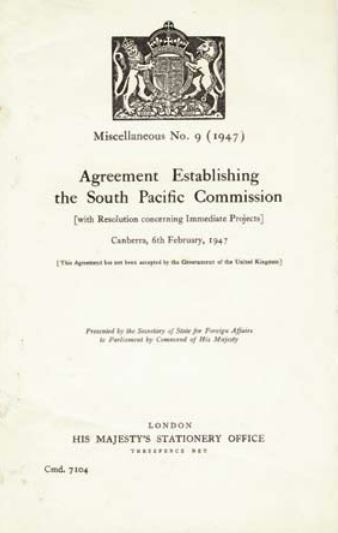
The ‘South Seas Commission Conference’ was convened at Canberra Grammar School in Canberra, Australia, on 28 January 1947. Just over a week later, on 6 February, the founding agreement establishing the South Pacific Commission, known as the ‘Canberra Agreement’, was signed by the leaders of the six delegations present, and SPC was born. Ratification of the Agreement Establishing the South Pacific Commission was not completed until the end of July 1948, however an Interim Organisation was established to make preliminary arrangements and develop financial and administrative plans. Temporary headquarters were established in the Sydney suburb of Mosman, under the leadership of Mr J.R. Kerr, Principal of the Australian School of Administration. SPC was to operate for the benefit of the region’s non-self-governing peoples, as a non-political and bilingual (English/French) organisation.
The two cornerstones of this young organisation were trusteeship and regionalism. At that time, the founding metropolitan countries had no idea that island countries would gain ownership of their own future through decolonisation and that the first SPC Conference held in 1950 would eventually prove to be ‘the first gathering of leaders of the Pacific ever’ and the beginning of the new Pacific. In 1991, looking back at SPC’s founding,
The Right Honourable Ratu Sir Kamisese Mara of Fiji underlined the role that this young generation of future leaders of the region had played in shaping SPC and the Pacific, the visions that they saw then and their dreams come true: ‘My vision of the Pacific region is a region which justifies its name and provides an example to the world of many races living together in friendship, tolerance, mutual respect and cooperation… those were the visions we saw then… Let every angry young man today see visions and hope that his dreams will come true…”
